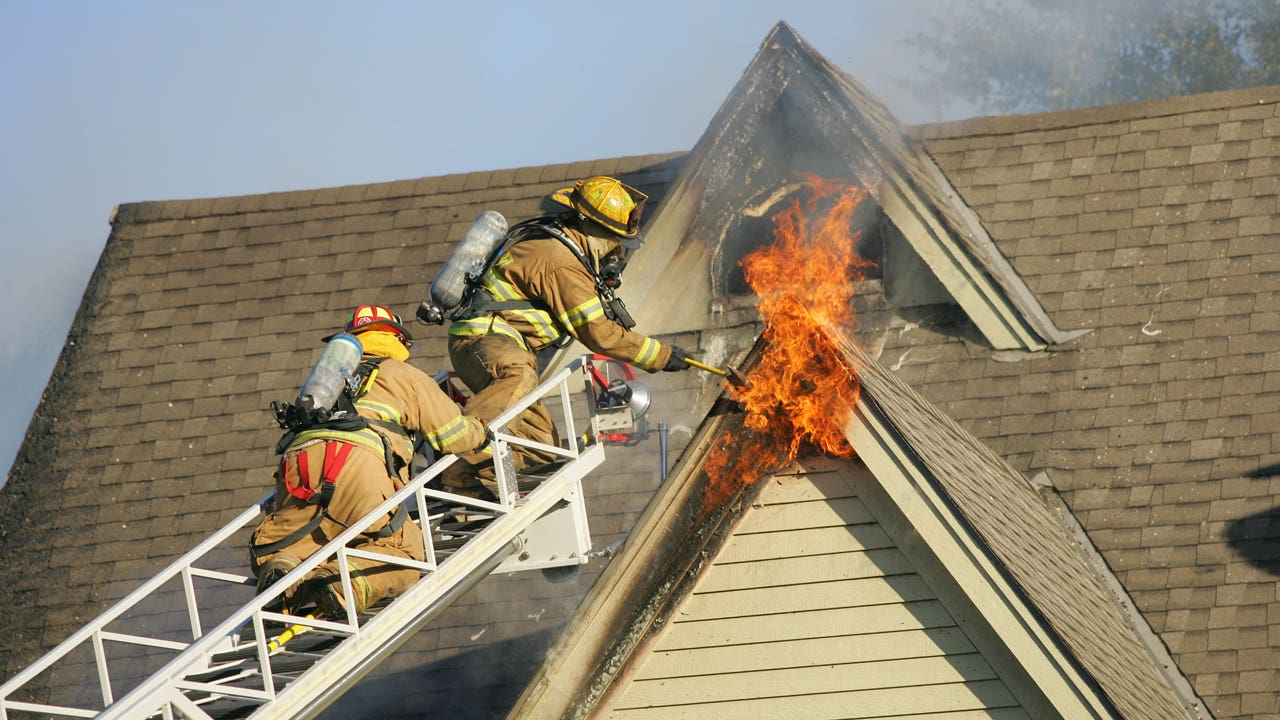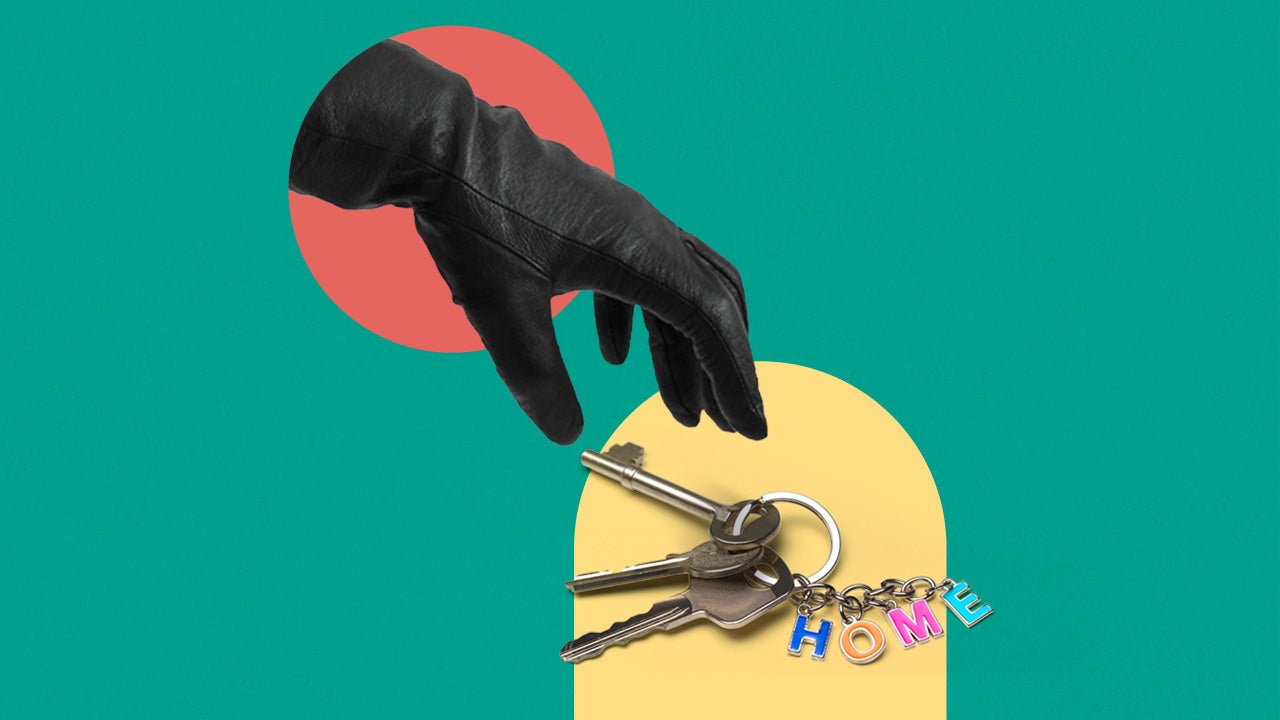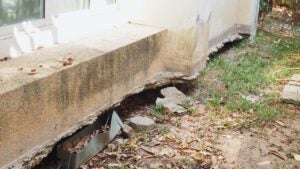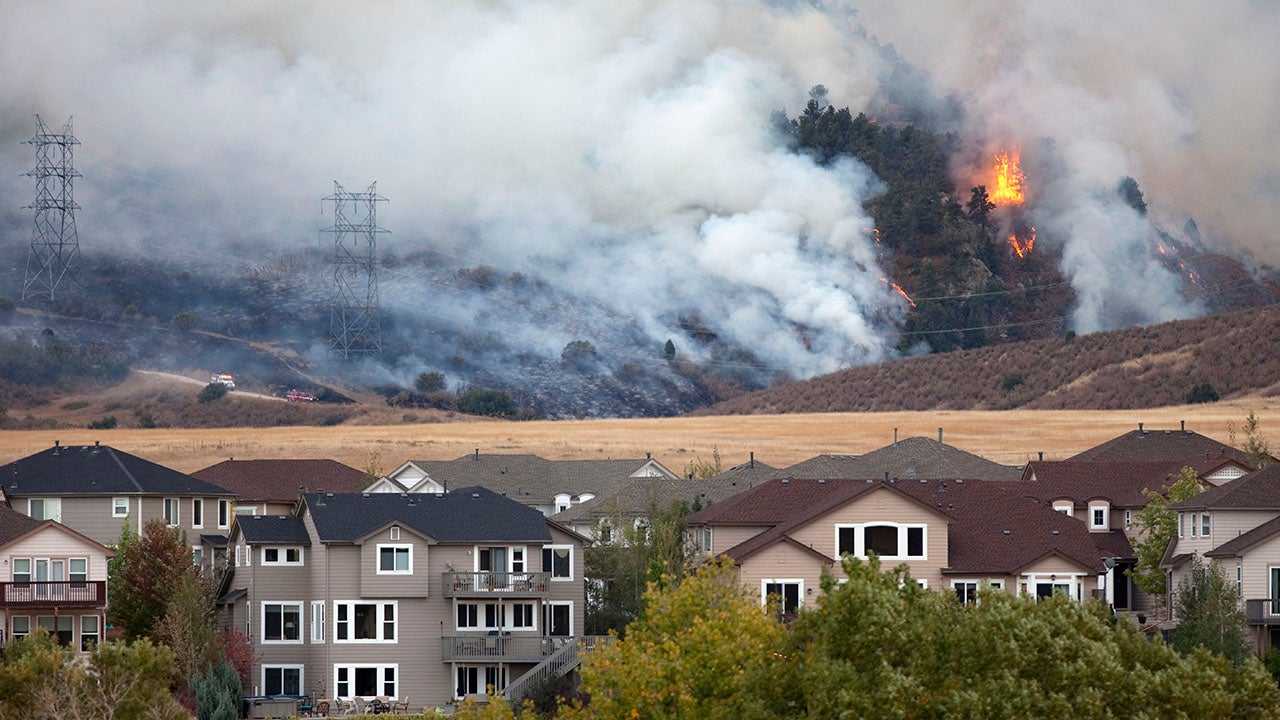Does homeowners insurance cover fire damage?

Key takeaways
- Home insurance policies generally cover losses from a fire.
- However, homeowners insurance typically does not cover arson.
- Certain preventative measures, such as installing smoke detectors and fire extinguishers, can help mitigate damage if a fire starts in your home.
Whether a kitchen fire, wildfire or another fiery incident, flames can lead to significant damage to a home. According to the U.S. Fire Administration, home fires have caused a total of 1,095 fatalities so far in 2024. And in 2022, the most recent year fire loss data were available, fires caused $18.1 billion in damage in the United States. Here’s what homeowners should know about home fire insurance, including what’s covered by a standard policy and what’s not.
Does homeowners insurance cover fire?
Typically, homeowners insurance covers fire when it is caused by anything other than arson. It is also likely to cover smoke damage to your home and belongings.
House fires can start from a number of conditions inside the home, such as a candle too close to curtains or a pot on the stove catching fire. The U.S. Fire Administration reports that cooking is the leading cause of fires, responsible for roughly 50 percent of home fires each year.
Fires can also start from an external force, such as a wildfire or lightning strike. In most cases, these types of fires will be covered by your homeowners insurance up to your policy limits.
Fire damage that a home policy may cover
Homeowners insurance policies will usually cover the most common types of fires, including those caused by faulty electrical wires, cooking, candles, fireplaces, heaters or other household items. Accidental fires or fires started by user error or mistakes will likely be covered, too.
Many policies also cover damage resulting from wildfires. However, if you live in an area where wildfires are common, your home insurance company may charge more for your premiums — or decline insurance coverage altogether. Some states, like California, have FAIR Plans that you can purchase for coverage if you cannot obtain coverage elsewhere. The best way to find out if you’re covered against wildfire damage may be to contact your home insurance company and ask about the specifics of your policy.
Fire damage that a home policy won’t cover
Homeowners insurance does not cover arson if the fire is set by the homeowner or on their behalf in an attempt to get an insurance payout. If that happens, it is likely that the individual would be charged with insurance fraud and also face other civil penalties or fines. Insurers and fire personnel have become very adept at determining when a fire is arson and aggressive in fighting this crime, which costs more than $40 billion each year.
In some cases, knob-and-tube (K&T) wiring is also not covered. This is an older type of electrical wiring primarily used from the 1880s until the 1940s. Although it is not inherently dangerous, the age of the wiring and improper modifications can make it more susceptible to fires. If you live in an older house with K&T wiring, talk to your carrier or a licensed insurance agent to ensure that you will be covered in the event that it causes a fire.
If you’re unclear about what is and is not covered related to fire, It’s a good idea to reach out to your insurance agent or company for clarification. It’s better to know beforehand than to find out your policy does not cover you adequately after a disaster.
Do homeowners need separate home fire insurance?
No, homeowners typically do not need a separate home fire insurance policy. But as mentioned, it may be harder or more expensive to get coverage if you live in a wildfire-prone area or state.
Nearly all standard homeowners insurance policies already include coverage types that typically cover fire damage, so you wouldn’t have to purchase a separate policy. These coverage types include:
- Dwelling coverage: This coverage would likely pay to rebuild your home if a fire were to destroy parts or all of the structure.
- Other structures coverage: Structures like a detached garage on your property are usually covered by this type of coverage.
- Personal property coverage: This coverage typically pays to repair or replace damaged items, such as electronics and furniture.
- Loss of use coverage: If the fire renders you unable to live in your home, this coverage may be used to help you temporarily relocate. It could help pay for the cost of staying in a hotel, eating food out, laundering clothes away from home and other necessary living expenses.
- Liability coverage: This coverage could reimburse others if a fire were to injure a guest or damage their property while at your home or if a fire were to spread and damage part of your neighbor’s property.
What does home insurance pay out for a fire?
From 2017 to 2021, the average payout for a fire or lightning claim was $83,519, according to the Insurance Information Institute (Triple-I). Lightning claims alone were less costly, with Triple-I reporting that they cost an average of $17,513 in 2023. Keep in mind that how much you will be able to recoup from your insurance company following an approved claim may be impacted by your policy limits, too.
For example, consider a situation where a home is worth $400,000 and is declared a complete loss following a fire, but the homeowner only has $250,000 in dwelling coverage. The homeowner would likely be responsible for the remainder out of pocket, in addition to their deductible, which applies in the event of most claim payouts.
Because of this, it’s important to work with your agent to determine the appropriate level of coverage for your home. Multiple factors play a role in determining that level, from local construction costs per foot to the location of your home. You may want to consider an endorsement option such as extended or guaranteed replacement coverage that will provide more robust options for you in the event of a disaster.
Frequently asked questions
-
With regard to wildfires, you may want to create a fire-resistant “defensible space.” Such an area around your home might include landscaping, gutters, roofing and windows. Nonflammable construction materials and tempered glass windows can also help with fire resistance. Clearing your yard of debris, leaves and undergrowth and laying mulch can reduce the risk of wildfire enveloping your property, as well.
-
To help prevent house fires, you can install smoke alarms to alert you to the fire and sprinklers to help contain and fight it. Other steps that may benefit you include staying vigilant when using items with open flames or heating elements and when cooking. Candles, heaters and fireplaces are all common culprits of fire damage. If a fire does break out in your house, it’s typically best to call professional firefighters — no matter how small it may initially be — as fires can get out of control quickly.
-
Yes, your personal belongings coverage may cover your furniture or other personal items damaged by smoke after a fire occurs in your home. However, you may want to check with your insurance agent or read your policy to ensure this damage is covered and the coverage amount is enough. Some personal belongings may have lower limits or inadequate coverage (like jewelry, for instance).
-
If a person were to attempt to burn down their own home on purpose with the intent of collecting the insurance payout, they could be charged with committing insurance fraud. However, if someone else sets fire to your home, it may be covered under your policy. Typically, something like a cigarette fire would be covered, as long as it was accidental.
You may also like

Does homeowners insurance cover theft?

Does homeowners insurance cover foundation repair?

Does homeowners insurance cover you when hosting a party?

Does homeowners insurance cover wildfire damage?


